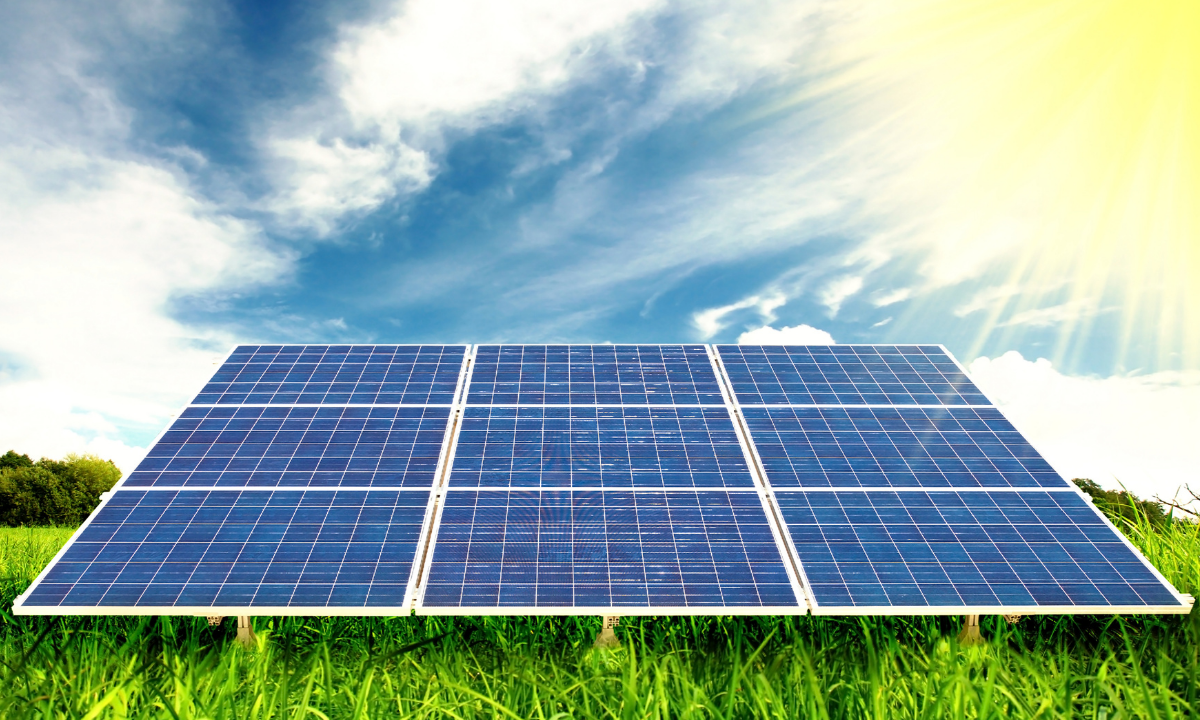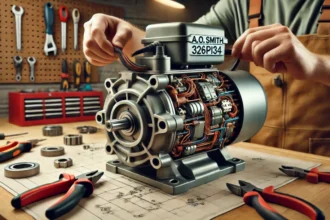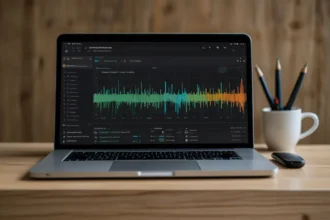Why Roosendaal Is Ready for Solar
Situated between the industrial hubs of Rotterdam and Antwerp, Roosendaal receives more than 1,500 hours of sunlight each year—plenty for high-yield rooftop systems. Local homeowners are increasingly turning to photovoltaic (PV) installations to combat rising energy prices and to shrink their carbon footprint. With abundant pitched and flat roofs, minimal shading from tall buildings, and forward-thinking municipal policies, the city provides an ideal landscape for residential and commercial solar adoption.
Understanding the Dutch Solar Incentives
The Netherlands offers one of Europe’s most attractive environments for solar investment. The national salderingsregeling (net-metering scheme) lets households offset the electricity they feed into the grid against what they consume, greatly reducing annual energy bills. Although this benefit will be phased out gradually from 2025, today’s adopters can still capitalize on generous credits for nearly a decade. Moreover, homeowners may reclaim 21 % VAT on panel purchases and installations, slashing upfront costs by thousands of euros. Local banks in North Brabant often roll solar costs into green mortgages at preferential rates, further smoothing the path to ownership.
Choosing the Right Panel Technology
Not all panels are created equal. Monocrystalline modules excel in efficiency (20 %–23 %) and low-light performance—handy during the misty Dutch winter—while polycrystalline options provide a budget-friendly alternative with slightly lower yields. For flat roofs, east-west mounting frames ensure steady production across the day without the wind load issues of south-facing tilt arrays. Black-frame, all-black modules, now mainstream, blend aesthetically with Dutch terracotta or slate roofs, satisfying strict neighborhood association guidelines in Roosendaal’s historic quarters.
Installation Process and Timeline
A typical residential system of 10–12 panels (≈ 4 kWp) can be surveyed, permitted, and fully installed within four to six weeks. After an on-site inspection to confirm roof integrity and optimal orientation, certified installers design a string layout, select an inverter (string or micro-inverter depending on shading), and handle grid-connection paperwork with Enexis Netbeheer. Installation itself usually takes a single day. Smart meters supplied by the grid operator enable real-time export tracking and simpler net-metering settlements.
Financial Benefits and ROI
Thanks to falling equipment prices—down almost 70 % over the past decade—and rising retail electricity tariffs that have surpassed €0.40 per kWh, payback periods in Roosendaal now average 5–7 years. After breakeven, households can enjoy 15–20 years of virtually free electricity, amounting to lifetime savings of €20,000 or more for a medium-sized system. Homes with solar typically command higher resale values and sell faster than non-solar counterparts, adding another layer of return on investment. Should you later install an electric vehicle charger or a heat pump, existing PV capacity will cushion the added load, keeping energy costs predictable.
Maintenance and Monitoring
Modern panels have no moving parts and are designed to withstand Dutch windstorms and hail. Annual maintenance generally involves a quick rinse to remove dust or pollen and a visual inspection of cabling. Most inverters come with Wi-Fi monitoring, alerting you by app to performance dips—a sign it’s time for cleaning or professional inspection. Reputable installers offer 10–25-year product and performance warranties, ensuring peace of mind throughout the system’s lifespan.
Future-Proofing Your Home
Energy storage is rapidly becoming viable as battery prices decline. Installing conduit and inverter models that are “battery-ready” allows you to add storage later without rewiring. Neighborhood energy cooperatives in North Brabant are also piloting virtual power plants; homeowners with flexible loads or batteries can earn extra revenue by selling excess power during evening peaks. Pairing panels with smart home technology—such as adaptive thermostats and EV charging schedules—maximizes self-consumption, further shortening payback time.
Conclusion: Take the Next Step Toward a Greener Home
Whether you aim to slash utility bills, increase property value, or contribute to a sustainable future, solar power checks every box. For expert advice, tailored system design, and flawless installation in the heart of North Brabant, visit Zonnepanelen Roosendaal today and discover how bright your energy future can be.

















